Archive
2021
KubaParis
Lascia ch'io pianga* (Let me weep)
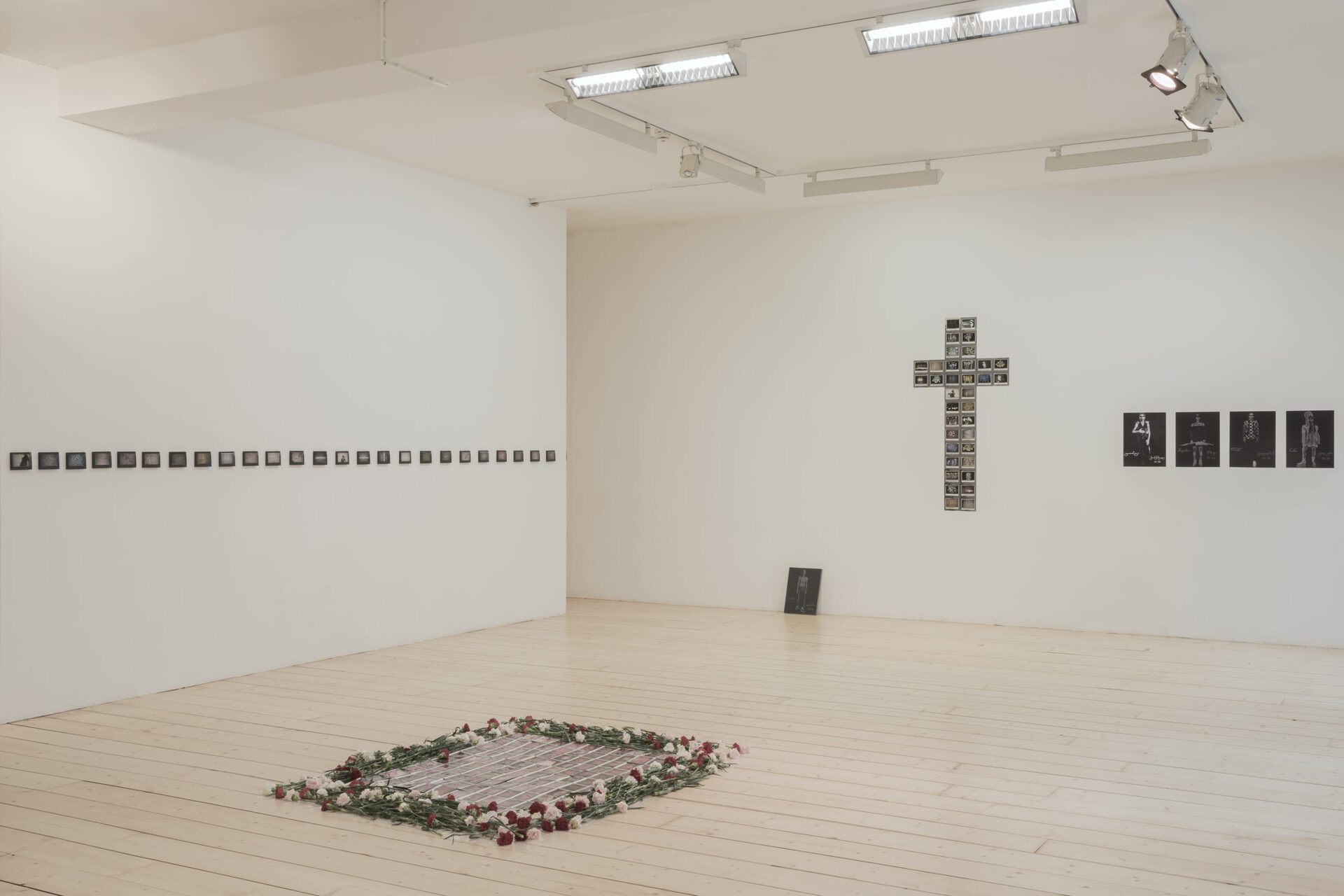
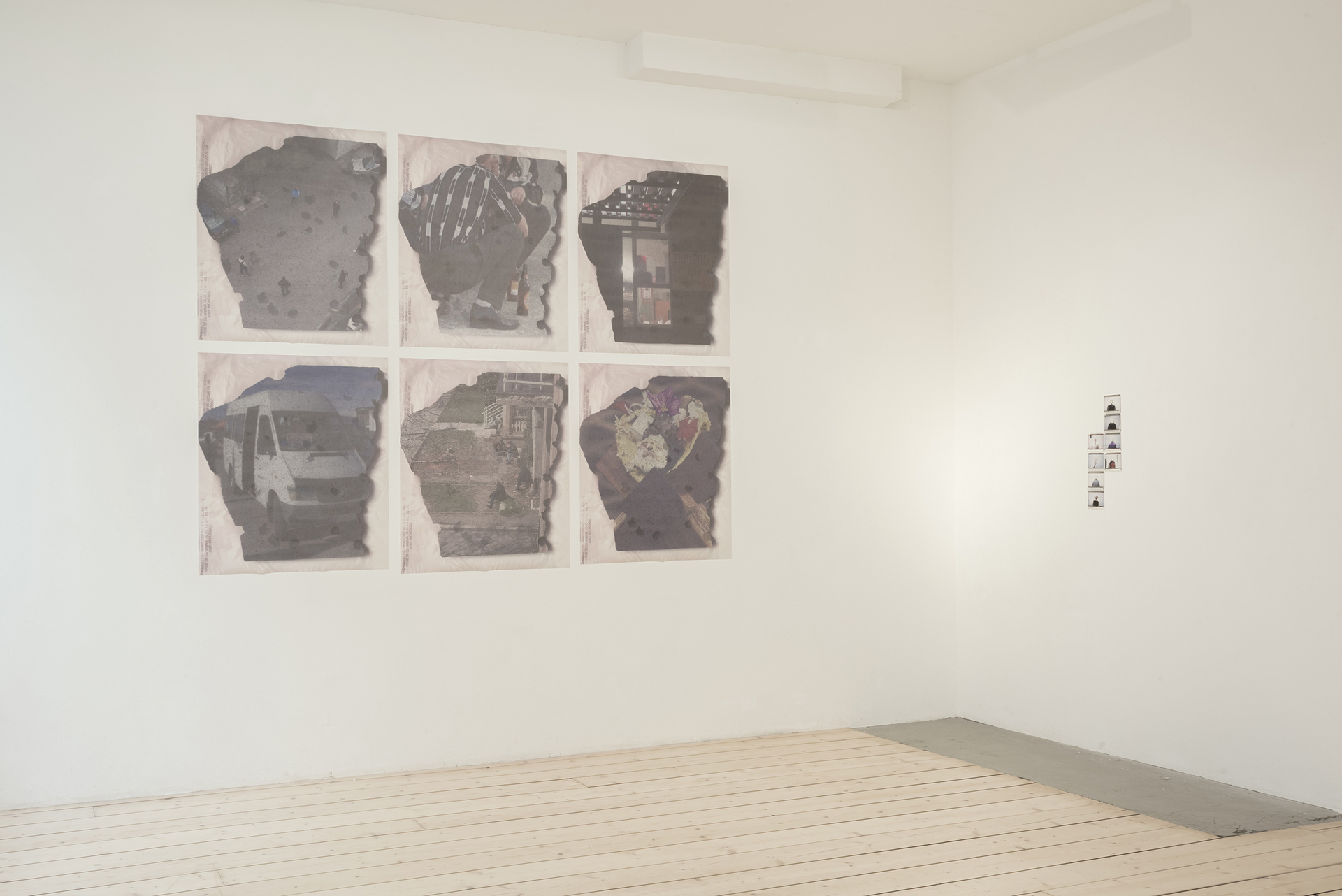
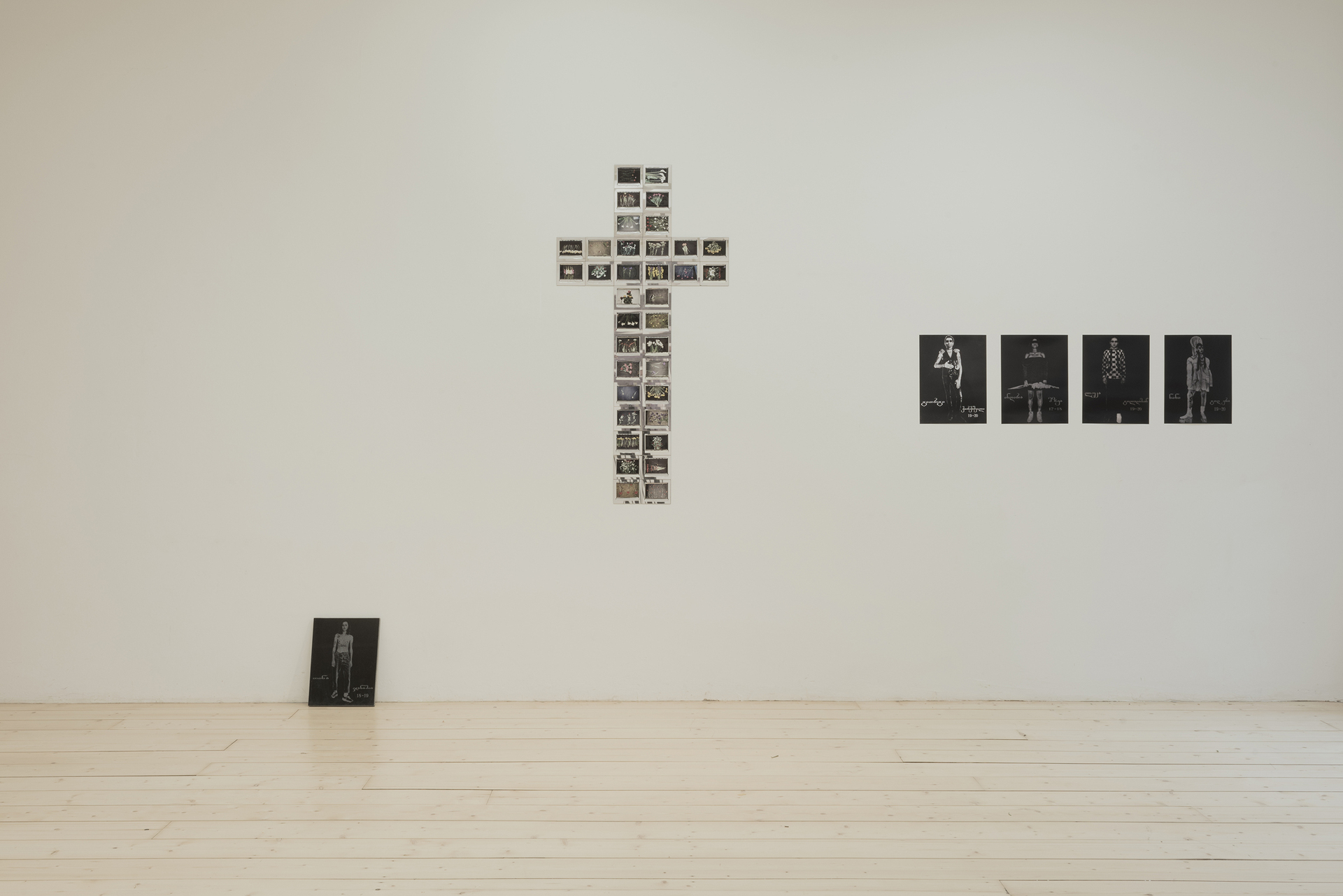
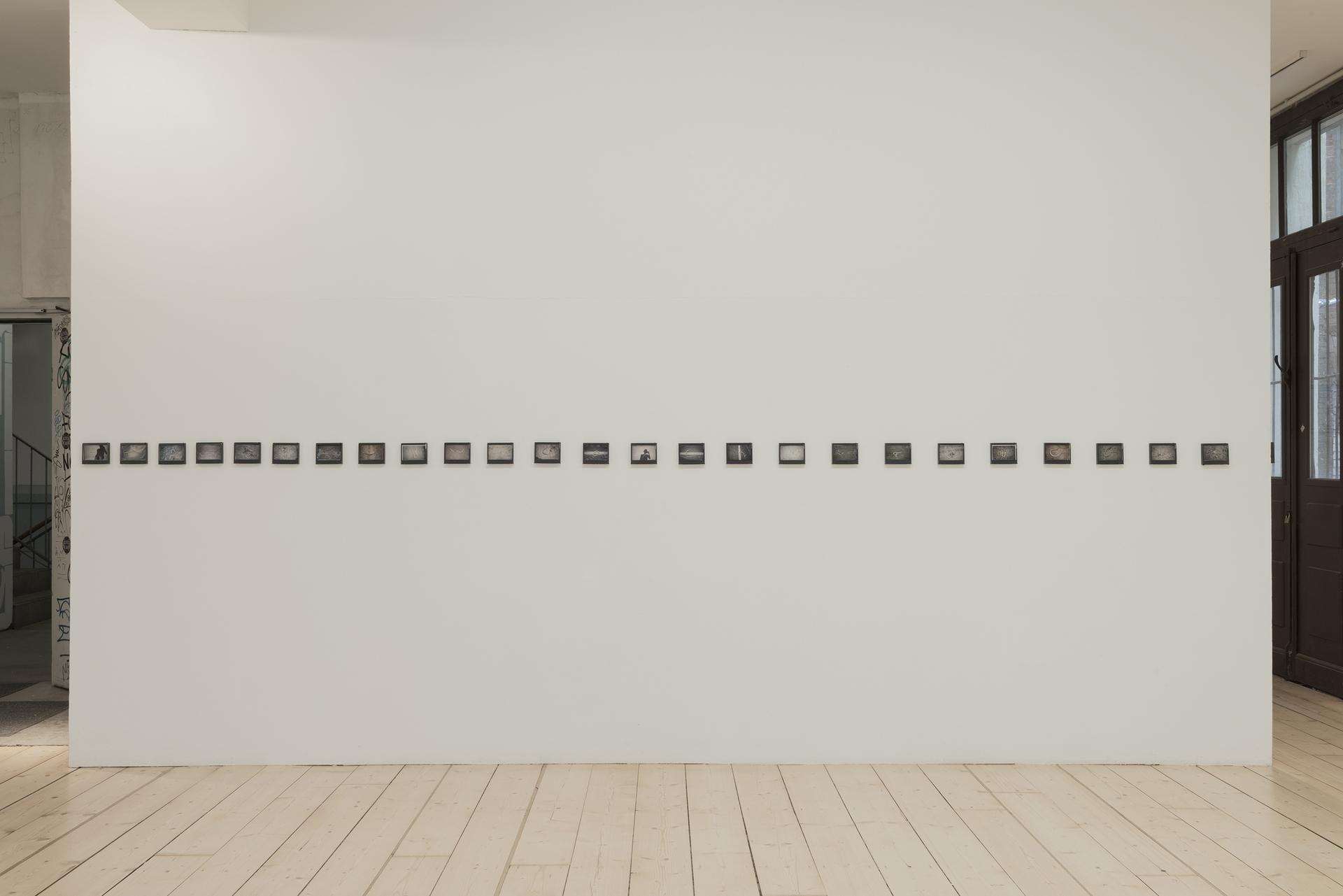

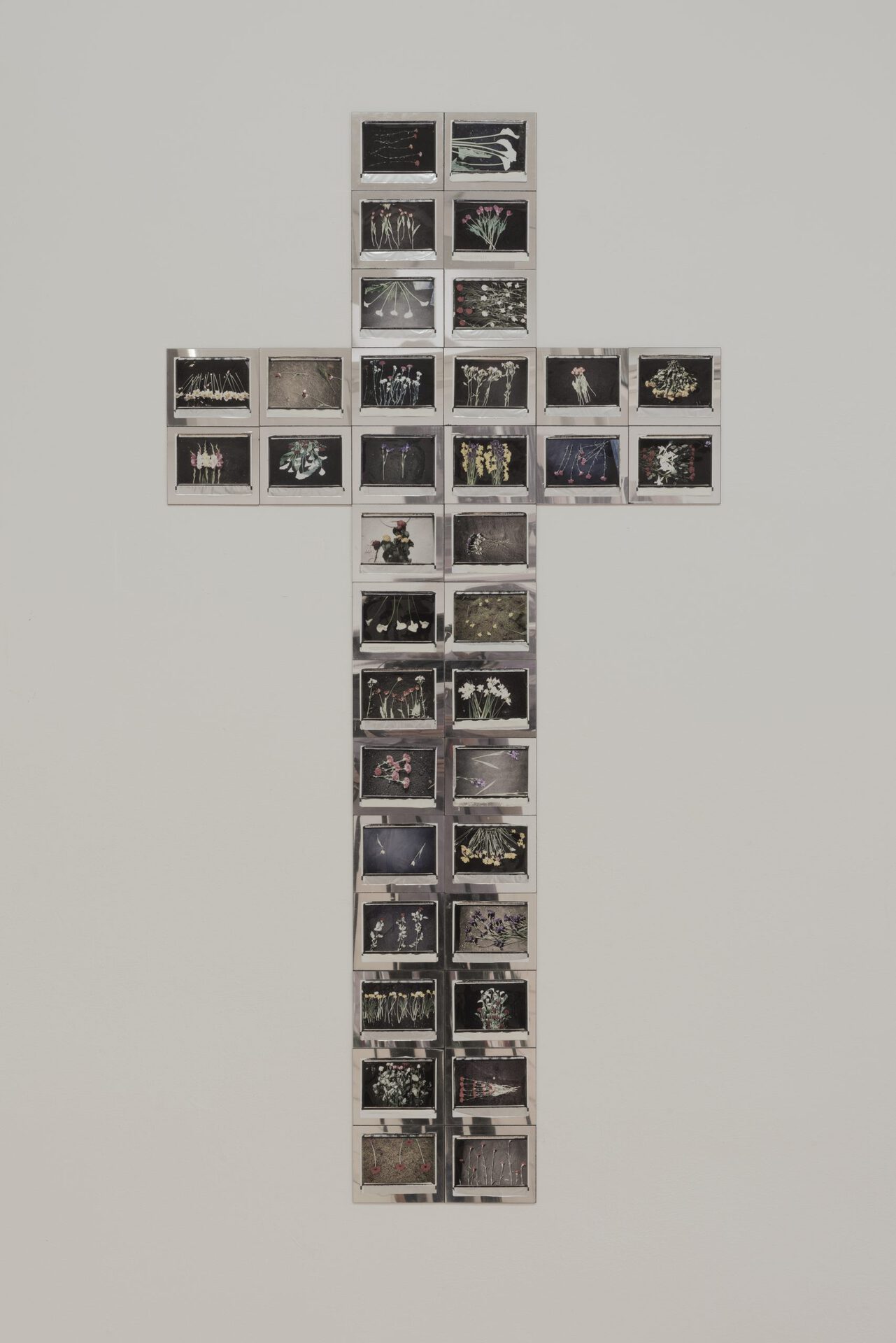
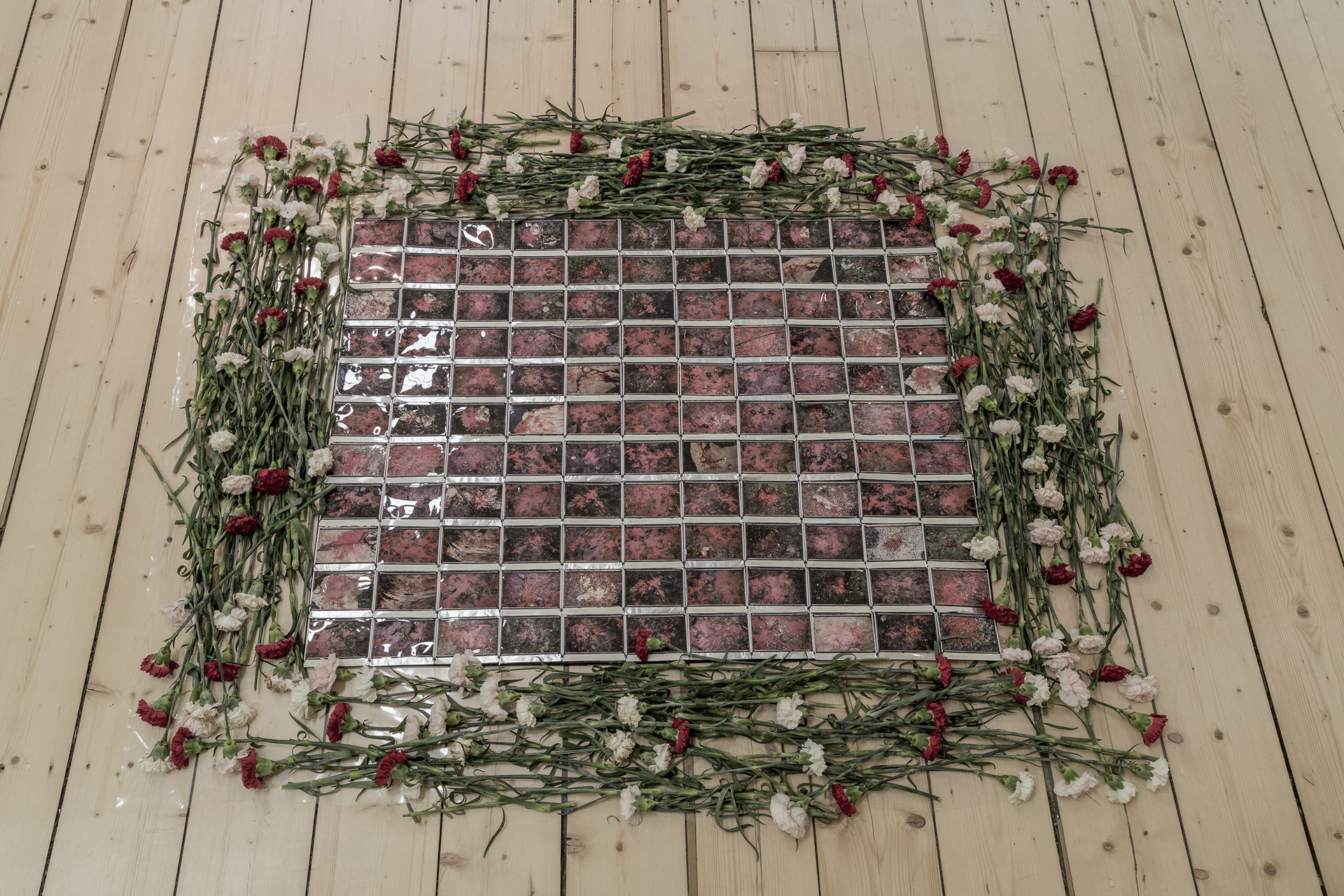
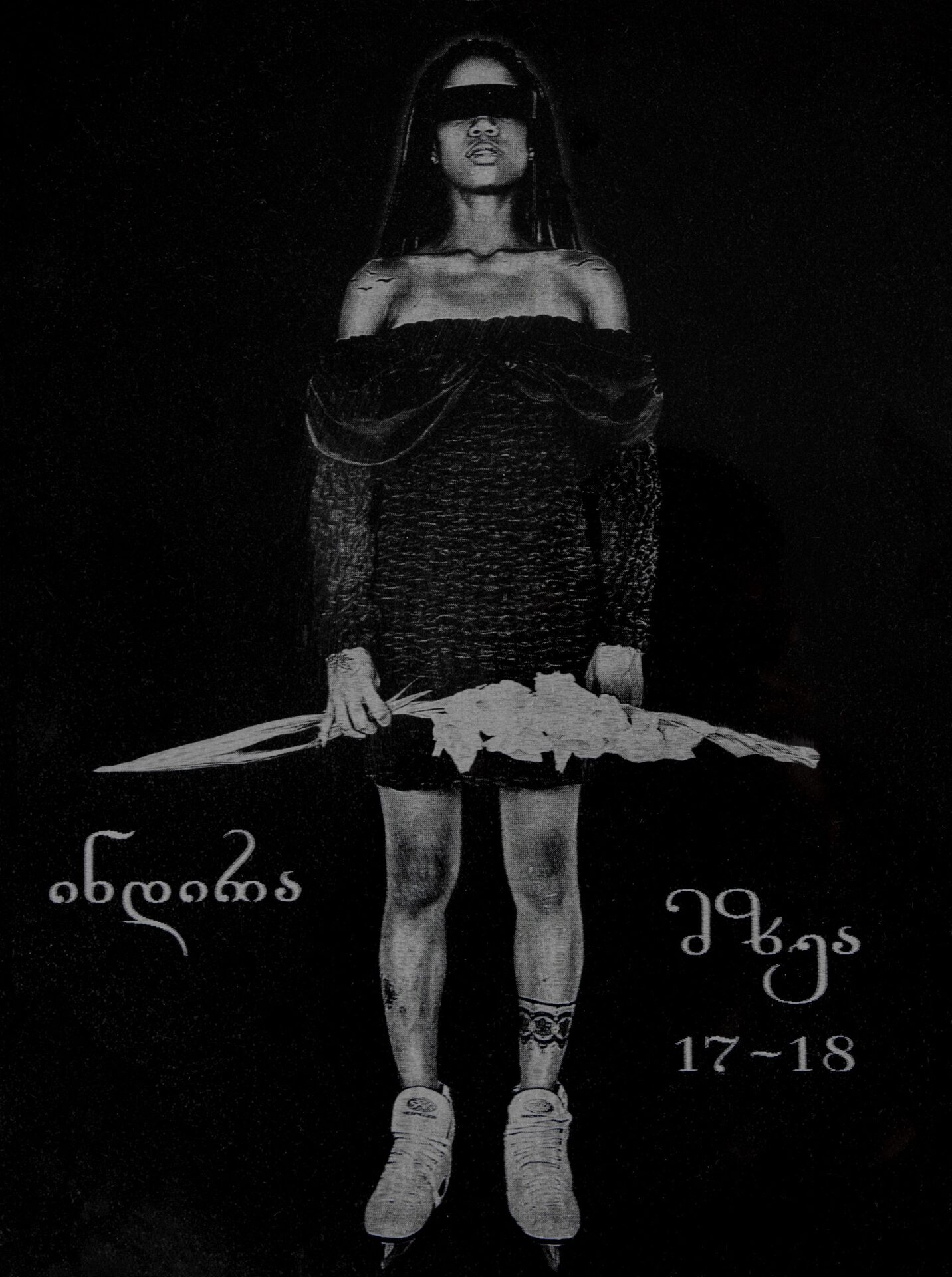
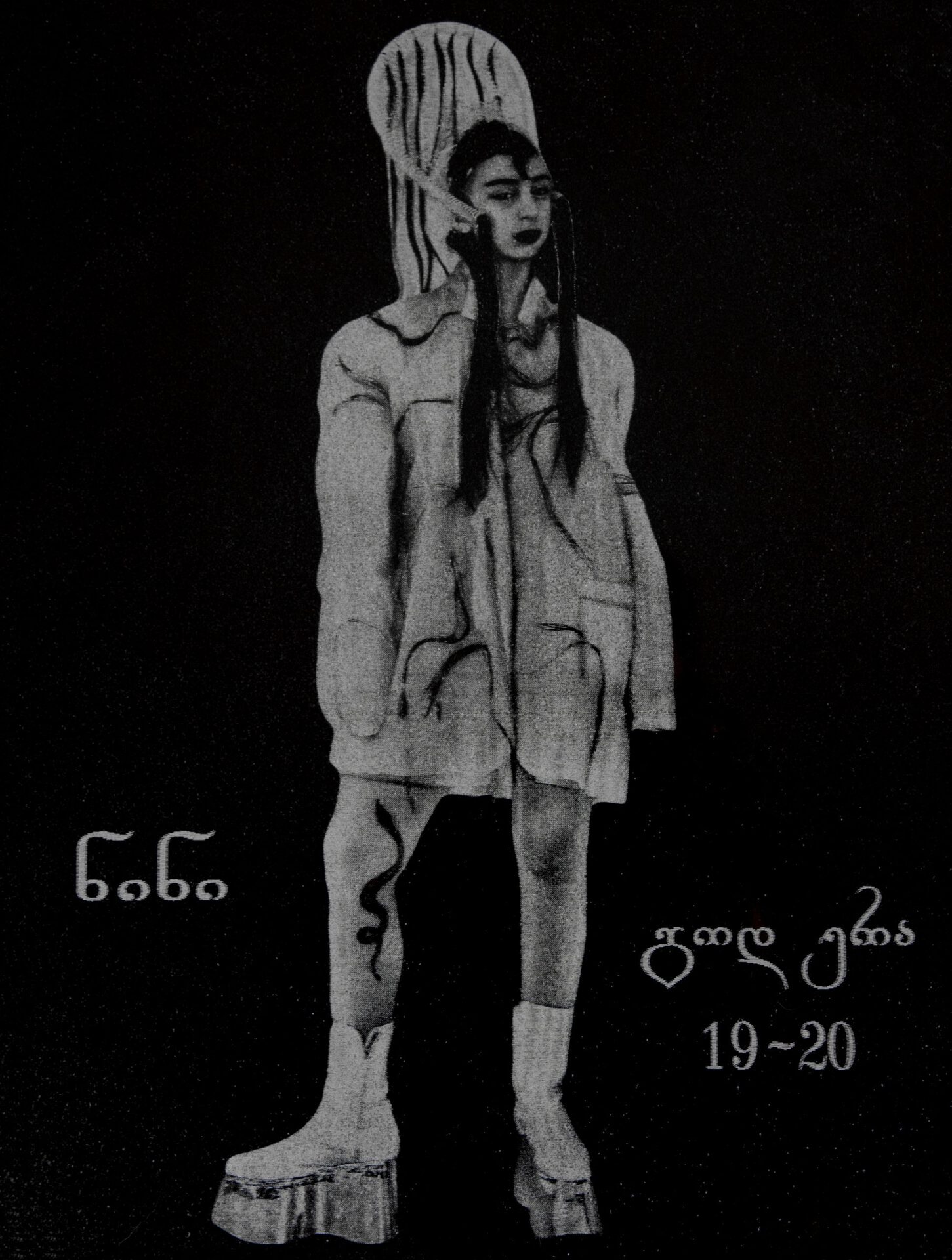
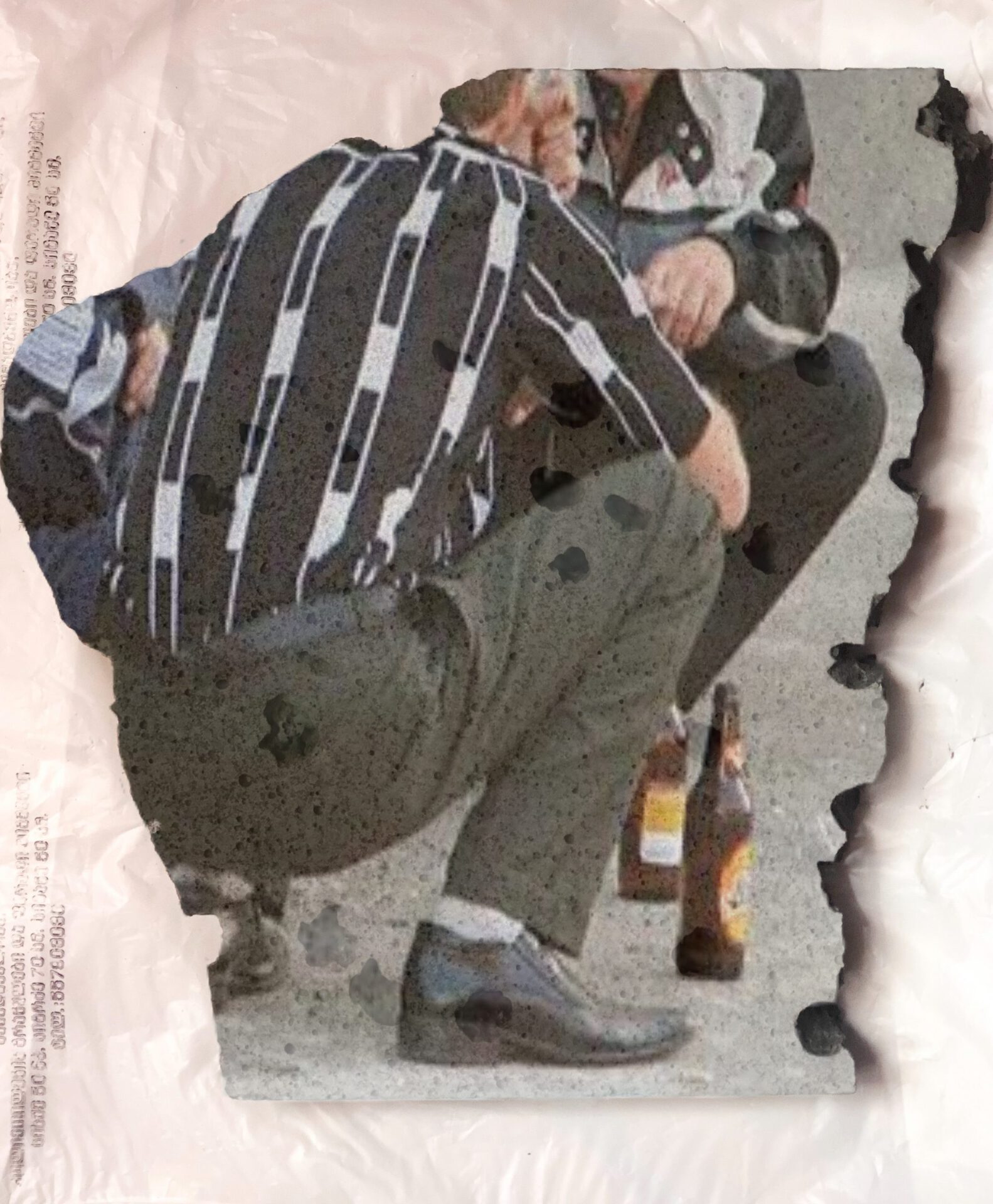
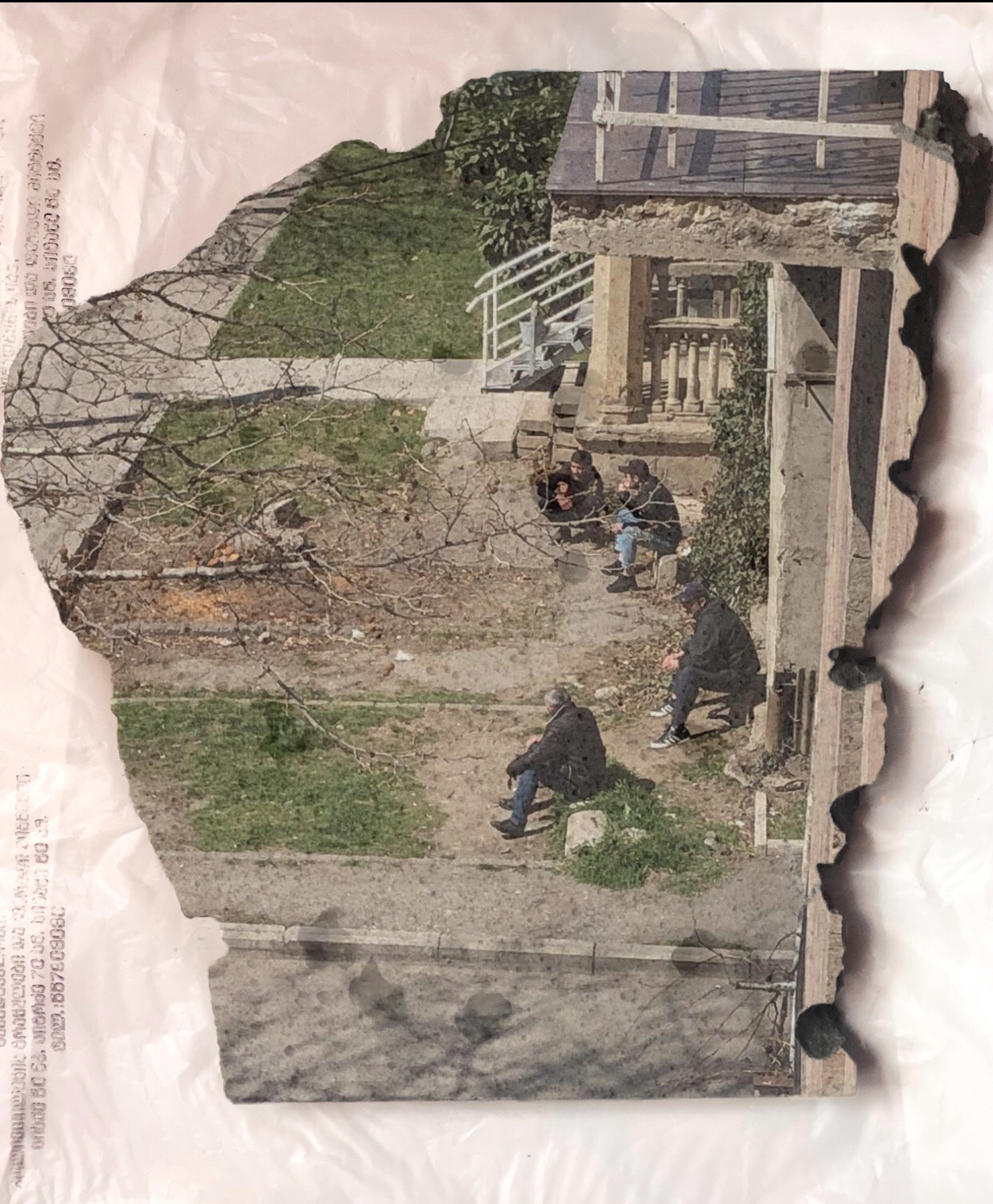
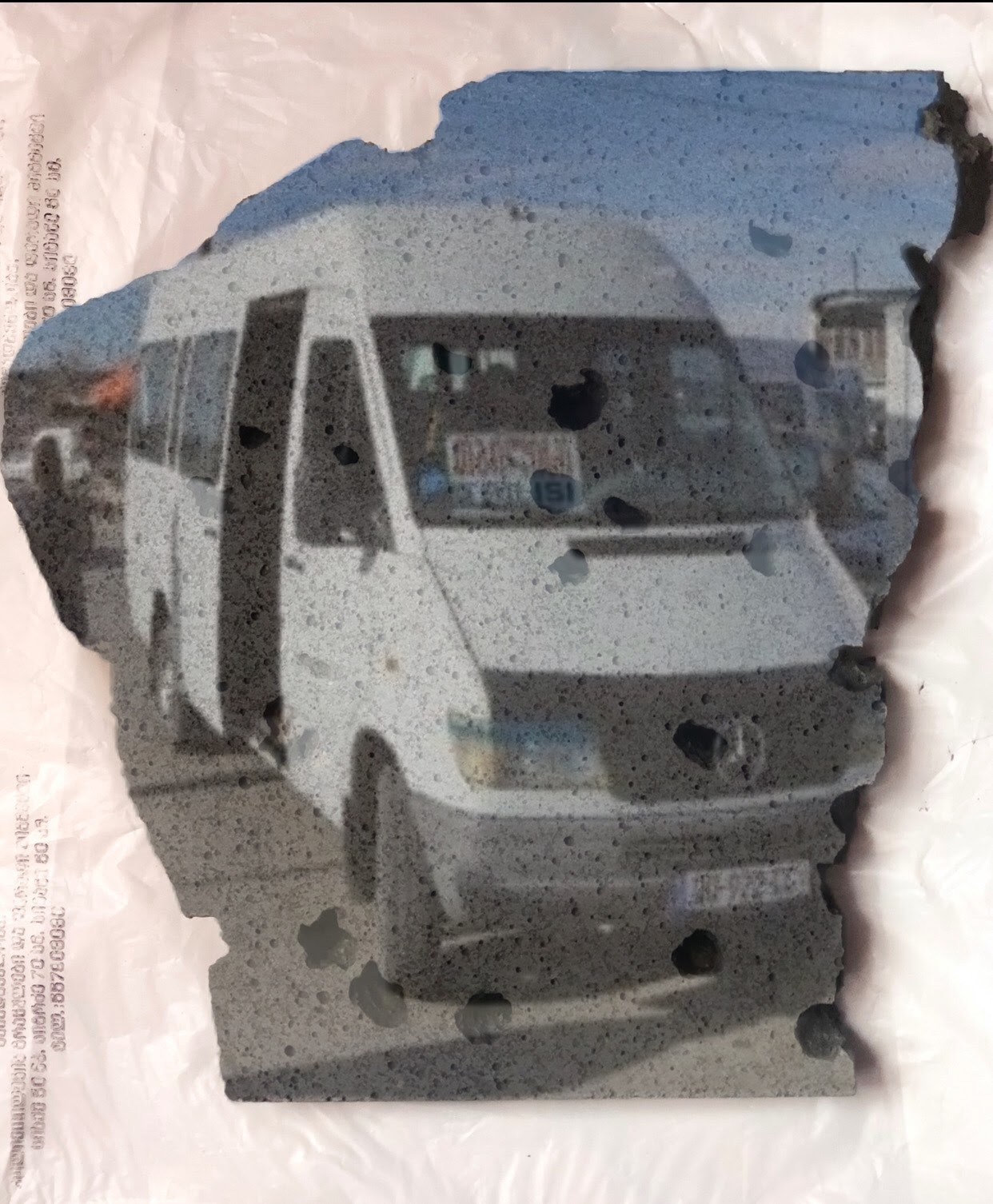
Location
mom art spaceDate
01.06 –12.06.2021Curator
Tinatin Ghughunishvili-BrückPhotography
Stephan Vavra, Videoshots by Konstantinos SianosSubheadline
The exhibition "Lascia ch'io pianga" with works by the artists Nata Sopromadze and Salome Tinikashvili, takes up the handling of Georgian mourning rituals, customs and symbols of sepulchral culture. The curator and art historian Tinatin Ghughunishvili-Brück explains the cultural difference in dealing with the subject of death between Georgia and Germany and creates questions between repression and unease.Text
From June 2 to 13, 2021, mom art space, Hamburg presents a double exhibition of Georgian artists Nata Sopromadze (born 1981 in Sochumi) and Salome Tinikashvili, (born 2001 in Gori) who live and work in Tbilisi.
The exhibition entitled Lascia ch'io pianga* (Let me weep) is curated by Tinatin Ghughunishvili-Brück, an art historian based in Munich.
From the perspective of an intercultural observer, the curator, in collaboration with the artists, takes up the theme of cultural differences in dealing with the rites, customs and symbols of sepulchral culture.
The impression that in Germany the theme of ephemerality has been almost completely eradicated from everyday life was something she was relieved to discover soon after moving from Georgia, the curator writes in the exhibition letter. Even as a child, she had to attend several mourning and burial rituals with a sense of unease.
Over the years, however, it occurred to her that the anonymity of death, especially in northern European countries, might have something to do with the repression of the inevitable end. And this repression raised questions.
And in Georgia?
The replacement of failed socialism was replaced by (attempted) capitalism since the late 1990s. Even the merit-based system, however, did not change pagan-Christian celebrated rites of mourning and farewell.
Farewell rituals and lamentations that last for days and can become social events, the cult of the dead and the associated staging of gravesites, and much more are among the important sociocultural aspects in Georgia in which women traditionally assume an important performative role.
Why is the approach to the subject of death so fundamentally different? Is it a consequence of the extensive secularization in Germany and the position of the church and the Christian faith in Georgia? Does it actually have to do with the longer tradition of the merit-based economic system? What are the respective roots of the causes?
In order to explore this question and hopefully stimulate a dialogue on the subject, the exhibition will feature the works of Georgian women artists whose work deals with the theme of transience, shaped by their cultural and individual experiences.
Nata Sopromadze was born in 1981 in Sochumi, Georgia.
In 2000-2006 she studied at the Tbilisi School of Documentary Photography at the Moscow Academy of Photography.
Salome Tinikashvili was born in 2001 in Gori, Georgia. She studies liberal arts at Visual Arts and Design School (VA[A]DS): in Tbilisi, Georgia.
*The title of the exhibition refers to what is probably the most famous lament in music history, which was first heard in 1705 at the premiere of Handel's first opera Almira, Queen of Castile at the Theater am Gänsemarkt in Hamburg.
Tinatin Ghughunishvili-Brück